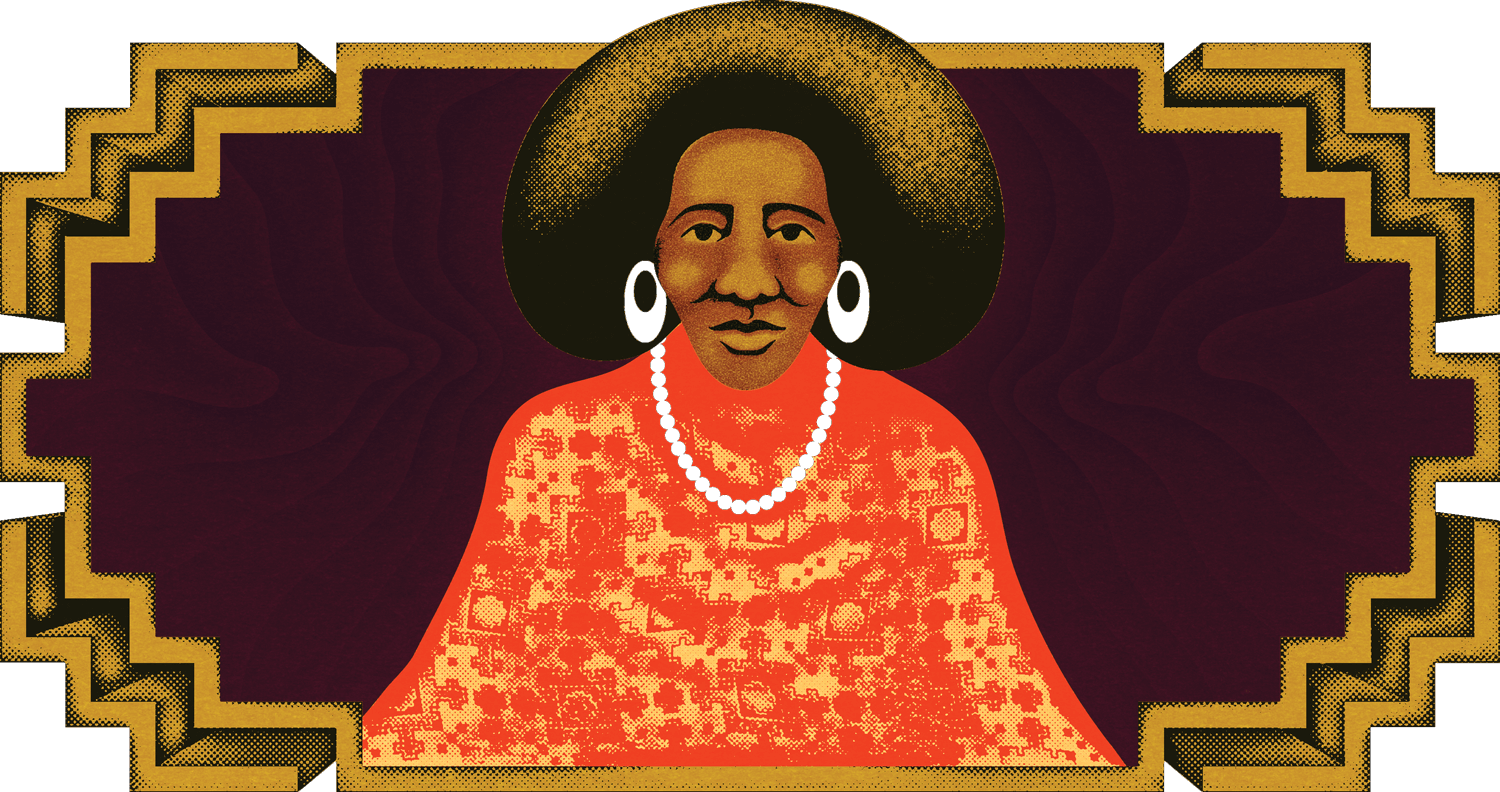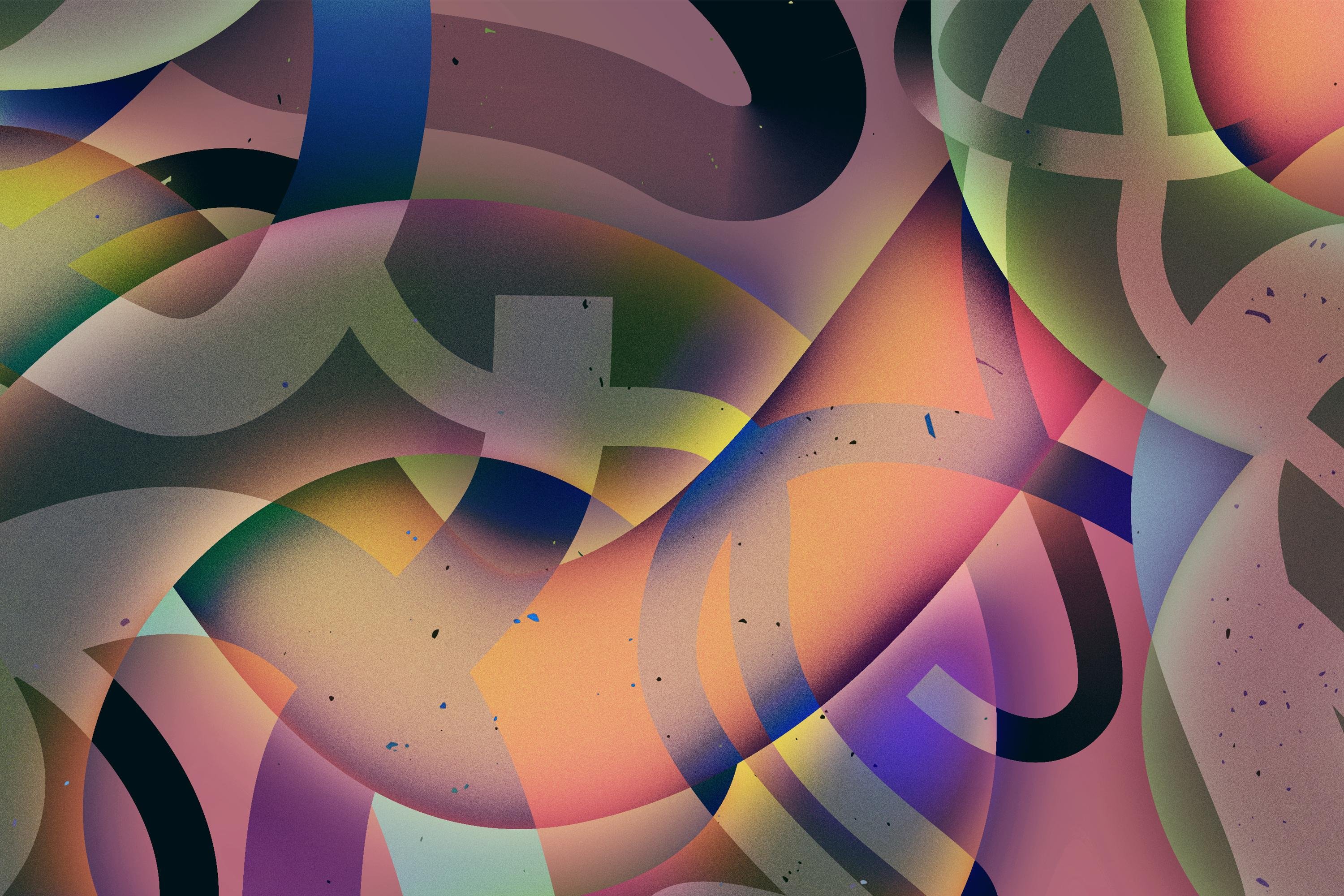In the Throes of Love: Arshia Haq’s Divine Sufi Songs
The Discostan founder breaks down the fundamentals of Sufi devotional music
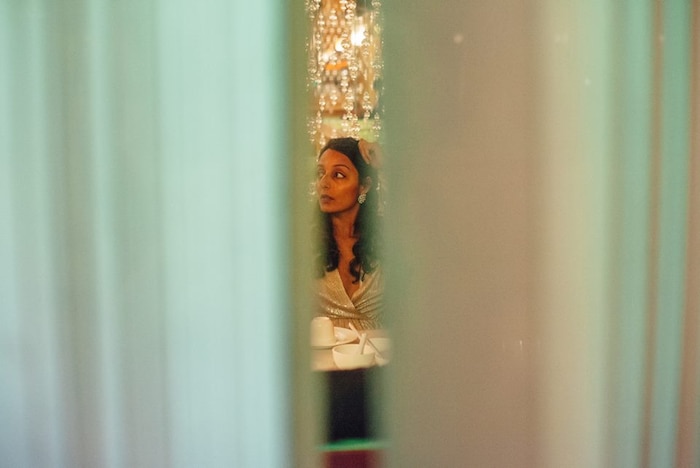
Arshia Haq is a filmmaker, DJ, journalist and the founder of Discostan, a collective dedicated to media from Beirut to Bangkok via Bombay. Born in Hyderabad, India and raised in the United States, her work often explores the intersection of migration, celebration and tradition within the Islamic world. Her most recent project, Ishq Ke Maare: Sufi Songs from Sindh and Punjab, Pakistan, released by Sublime Frequencies, is a collection of field recordings she made on location in Pakistan within contested spaces where devotees engage in ecstatic worship of the divine through song.
In this edited excerpt from her conversation with Frosty on Red Bull Radio’s Open End, Haq shares stories of how the album came to be and expands on the theme of the mystical Islamic dimension.
This album is really incredible and that’s really just the start of this whole project. When did you first get turned on to Sufi music?
Probably the [earliest] years that I remember listening to music with my dad. We were immigrants to the US from India and he had brought a huge collection of cassettes and 8-tracks and all of these things that tied him back to home. We would ride around in cold suburban Chicago in the early ’80s listening to this music. That was basically all we listened to – alternating between devotional music and Bollywood soundtracks, of course, which made it an interesting mix of everything. [I have] very early memories of listening to at least the Sufi music from the subcontinent, from India and Pakistan.
Was [the music] more of something that was in the background cruising around in the car or was it particularly striking to you? Would you hear things and really focus on the music?
There are a whole range of different expressions of Sufi or devotional music from the subcontinent, but in particular I was really drawn to Javali music, which I think is probably one of the better known forms. One of the most iconic groups that I heard a lot growing up was the Sabri Brothers who are from what is now present-day Pakistan. I don’t know if it was the quality of the recordings, but even before I fully understood what was being said, there was something so ecstatic about the music that, even as a child, I remember just hearing it and being transported.
I can remember this from when I was four or five years old, there was something about the repetition and the way that the tracks built that, even to someone with a very young mind, there was something very kinetic and transcendent about it. I probably didn’t know what transcendence was at that age, but they really made me excited and happy, just the energy that was in the music.
Through the repetition of certain phrases or sentiments, you’re building an energy and invoking the divine.
It’s purposely built for devotion and it’s music that is energetic in a really specific kind of form. What is the, maybe, utilitarian use and what does this music come out of?
It’s a lot of just following intuition and the organic nature of a journey through sound. A lot of these songs are based around duration. They are a journey in a way through a state or a set of states where things open and slowly unfurl and they build up and up and there’s a lot of repetition. The idea is that through the repetition of certain phrases or sentiments, you’re building an energy and invoking the divine, and often it can induce a trance in both the musician and the listener.
A lot of this music, at least in the subcontinent, which is the context that I’m most familiar with, is meant to be participatory. It’s a very different set-up of listening from what we have here in the States or in Europe where the musician is on a stage and then we’re all facing [them]. Usually it’s more circular. Everyone is on the floor, so they’re on the same level. There’s a lot of vocalization from the audience and appreciation or clapping. There’s actually a name for this state that is evoked, this co-existing space between the performer and the listener, which is called Samaa, which in Arabic means “sky,” but in a broader Sufi context, it means that actual metaphorical, metaphysical space of listening and that kind of traction that’s created between the performer and the listener.
What was the origin of this project? You heard this music growing up and it was part of your life, but there’s a big leap between that and traveling to record this music. What prompted you?
I grew up in a pretty conservative Muslim family. In my immediate family [however] listening to music was still permitted. Like I mentioned, this particular music was really seminal in my listening experience.
I was really into free jazz for a while and then came back to trying to find music from the homeland, which started with a lot of exploration of pop music, first from India and Pakistan, and then branching out towards more of an imagined geography, which came to be known as Discostan. There was always something about the early music that I heard and how I was seeing the politics of the Middle East and the Islamic world unfolding in the present-day with certain narratives about what was happening or certain narratives about fundamentalism.
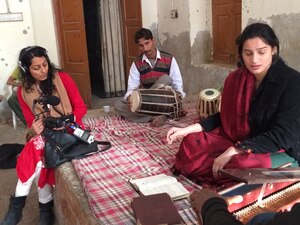
There’s a very black and white version of Islam that’s being propagated in certain parts of the world, but I remembered this mysticism and this very sublime, rich and complex experience of spirituality that I heard on my dad’s tapes and glimpses from live performances going back to Hyderabad, the city I’m from, or seeing certain things on satellite Asian TV that made me just want to go and experience these spaces firsthand and see what was being produced there.
Because Pakistan and India were, not so long ago, one country, a lot of the sacred spaces that are iconic in the Sufi, and Sufi meaning “mystical Islamic dimension,” happened to be on that side of the border. I initially had the idea to work on a documentary film, which is still slowly evolving, and then making recordings along the way.
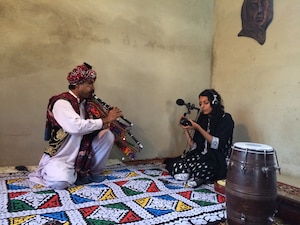
Not everything is black and white. In fact, really not much is at all. Whether it’s borders formed through colonization or other geopolitical forces or gradients of devotion and musical forms, there are so many subtleties and nuances to this. In this collection of music, Ishq Ke Maare: Sufi Songs from Sindh and Punjab, Pakistan, as well as the film that you mentioned, the film in progress, you see these different kind of elements and levels and gradients at work even amongst individual participants. There are people who are totally enraptured in the moment.
The title of the album is Ishq Ke Maare, [which] in English translates to “in the throes of love.” A lot of this music is about love, longing for reunion with the divine. Some of it is really infused with the pain of separation. Some of it is very ecstatic as you get closer to that experience of experiencing the divine. A lot of the songs are actually based on human tales. Characters that are lovers on the earthly plain, but they really represent the union between an individual and the divine. There’s a particular song, “Aahe Arman Ajeebon,” by a musician named Meeh Wasaiyo who I recorded in rural Sindh. That’s in the south, maybe a few hours out from Karachi. It’s about Sassi and Punnu, who are the Romeo and Juliet of Sindh, and their thwarted love affair and the longing of one for the other.
You traveled twice to Pakistan to record these songs and share them with the world. Before you went, I’m sure you probably had an idea of what you wanted to do, and once you get there it’s all tossed up in the air, I imagine. What was the biggest revelation to you in this process, or was there a moment that you were recording that was just so different than you ever anticipated?
Whatever I had heard growing up was definitely, even if it was recorded live, it was always with professional musicians, often in studios. What I encountered on the road was that there were so many people who were just singing. Just everyday people that were just singing and singing their hearts out in this expression of either longing or exaltation. Really, just expressing their spiritual desires through song, and a realization I had about myself in relation to this music was that I am really seeking that kind of sound, which is what an everyday person is listening to or singing in the context of their environment – what’s moving them. I think I wasn’t expecting the sheer degree of power in these very grassroots voices that were just everywhere.
What is probably breaking through into commercial recordings is more the professional or trained kind of musician, but it seems like the devotional songs are probably less about performance in a Western context like, “I’m putting on a concert for you,” and more about the act of devotion, which is probably, for so many different individuals, so much a part of their practice.
I think ideally that would be the case and to be honest, there are trained musicians, but a lot of the people who are even being produced or exported internationally are self-trained. Our folk musicians come from a very grassroots place. It’s just that unfortunately, though it’s changing now with reissues and this pursuit of field recordings that is less academic, there is still an emphasis on packaging and cleaning up things for outside ears that I think dilutes things sometimes.
It’s the other side of human experience that isn’t often looked at in mosques or churches.
What is the main basis of most of the text here? The words, where are they derived from?
A lot of these are actual verses from poetry or writings from different Sufi saints. The music is traditionally performed at shrines, which are the burial sites of these saints. They left behind either oral histories of their teachings or some of them wrote books that were hundreds of pages. We’re actually hearing the singers or the musicians performing literal verses from these books.
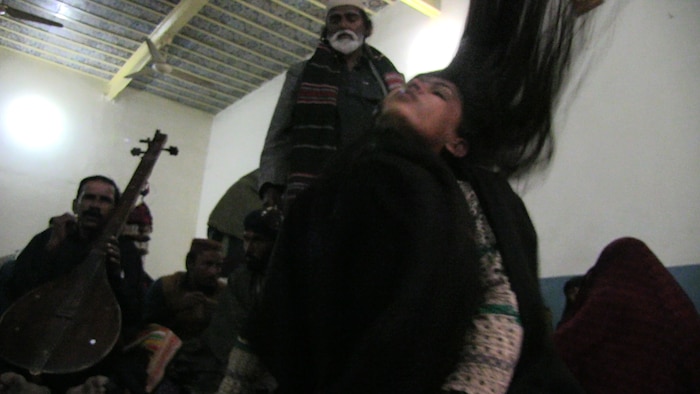
These are powerful individuals who have, long after they’ve gone, left behind devotees who are there in such heightened states, feeling connected to these saints. It’s really wild and powerful.
I think the reason that they had so much appeal is that a lot of them were the saints of the people. They were often anti-bureaucracy or power. They often composed their verse in vernacular languages rather than the formal Arabic, so that it was accessible to anyone. It’s funny, because you go to these places and people are considered illiterate, but they’re holding these vast bodies of poetry in their minds and memories and so they’re actually carrying this wisdom forward through the centuries.
While there is great sensuality to so many of the songs, it’s the idea of bringing these stories and ideas as a connection to the divine that is really interesting.
Yes, and I think that’s one of the things that draws me to it. It’s the other side of human experience that isn’t often looked at in mosques or churches, but it’s part of what we are. So, that’s really one of the things that draws me to Sufism, is this anchoring in the body in so many ways.
And I would imagine that that’s also one of the things that endangers the music itself and the performance of this music within restrictive political systems.
Absolutely. A lot of these spaces are contested. They’ve been bombed both before and after. A lot of it is because the right-wing, or the fundamentalists, see an embracing of the body in this music and the fact that women and men are in the same space, and the queer community and people who are openly transgender are welcomed. So that makes certain people upset, unfortunately.
